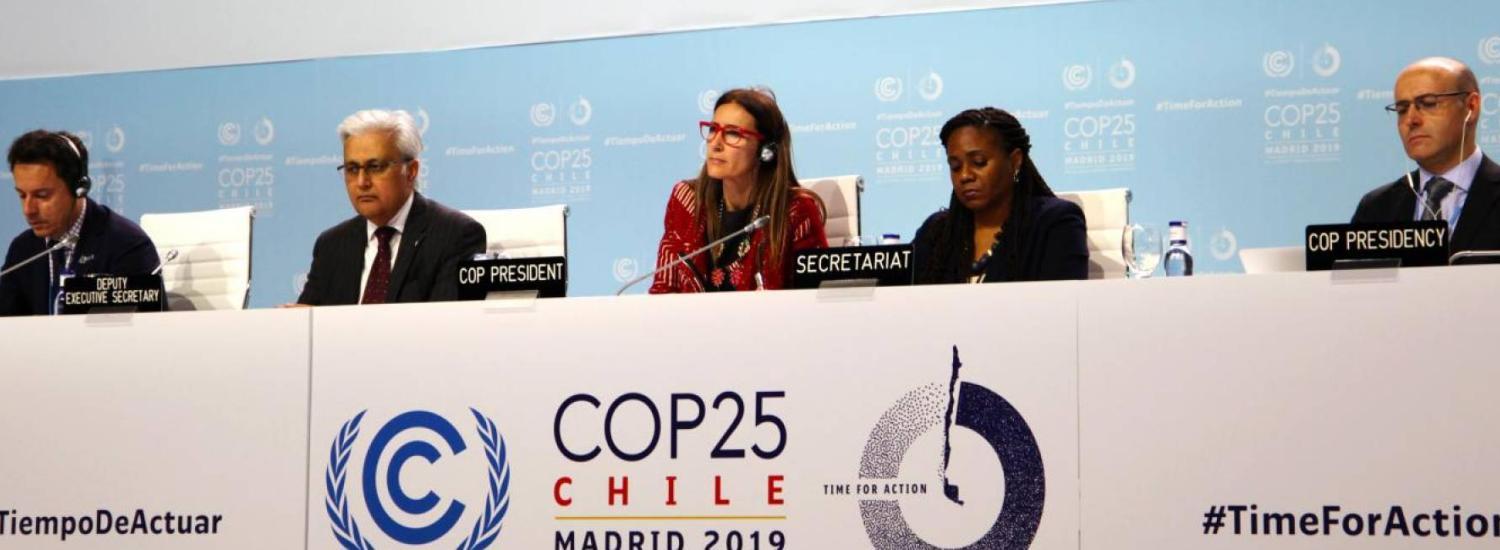Worst-case emissions projections are already off-track

Under the worst-case scenarios laid out in the United Nations’ climate change projections, global temperatures would increase more than 3.6 degrees Fahrenheit (2 degrees Celsius) by 2100, leading to at least 1.5 feet (0.5 meters) in global sea level rise and an array of disastrous consequences for people and planet. But new research from CU Boulder finds that these high-emissions scenarios, used as baseline projections in the UN’s Intergovernmental Panel on Climate Change (IPCC) global assessments, have not accurately reflected the slowing rate of growth in the global economy and we are unlikely to catch up to them anytime soon.
The new study, published late last week in Environmental Research Letters, is the most rigorous evaluation of how projected climate scenarios established by the IPCC have evolved since they were established in 2005.
“If we’re making policy based on anticipating future possibilities, then we should be using the most realistic scenarios possible,” said Matthew Burgess, lead author on the study and a fellow at the Cooperative Institute for Research in Environmental Sciences (CIRES) at CU Boulder. “We'll have better policies as a result.”
This story was written by CU Boulder Strategic Relations. Continue reading here.